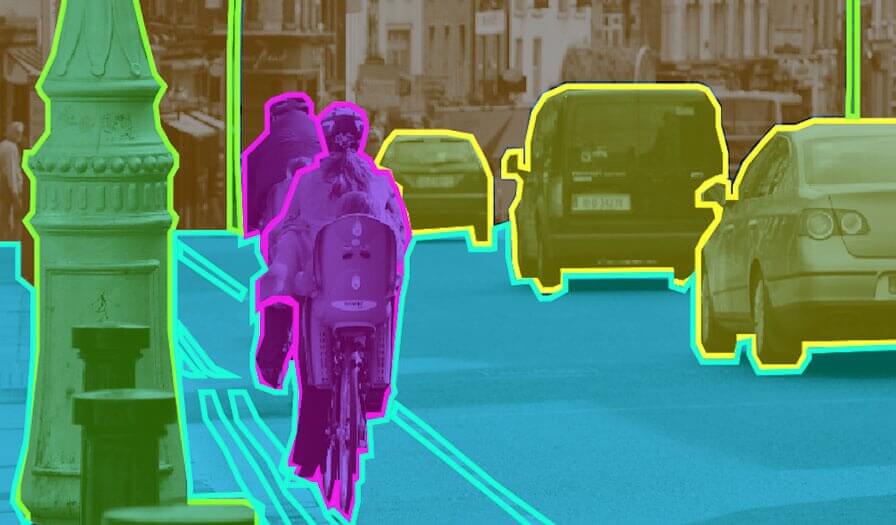At its core, semantic segmentation is a computer vision task that involves dividing an image into meaningful and coherent segments, each corresponding to a specific object or region of interest. Unlike other forms of image segmentation, such as instance segmentation (identifying individual instances of objects) or boundary detection (delineating object edges), semantic segmentation focuses on understanding the overall context of the scene.
In simpler terms, semantic segmentation assigns a class label to each pixel in an image, effectively “coloring” the image according to different object categories, such as cars, pedestrians, roads, trees, buildings, and more. This rich level of understanding lays the foundation for a wide range of advanced AI applications.

How Semantic Segmentation Works
The success of semantic segmentation is largely attributed to deep learning techniques, especially Convolutional Neural Networks (CNNs). CNNs have demonstrated extraordinary capabilities in learning intricate patterns and hierarchies from images, allowing them to discern the semantic meaning of pixels.


